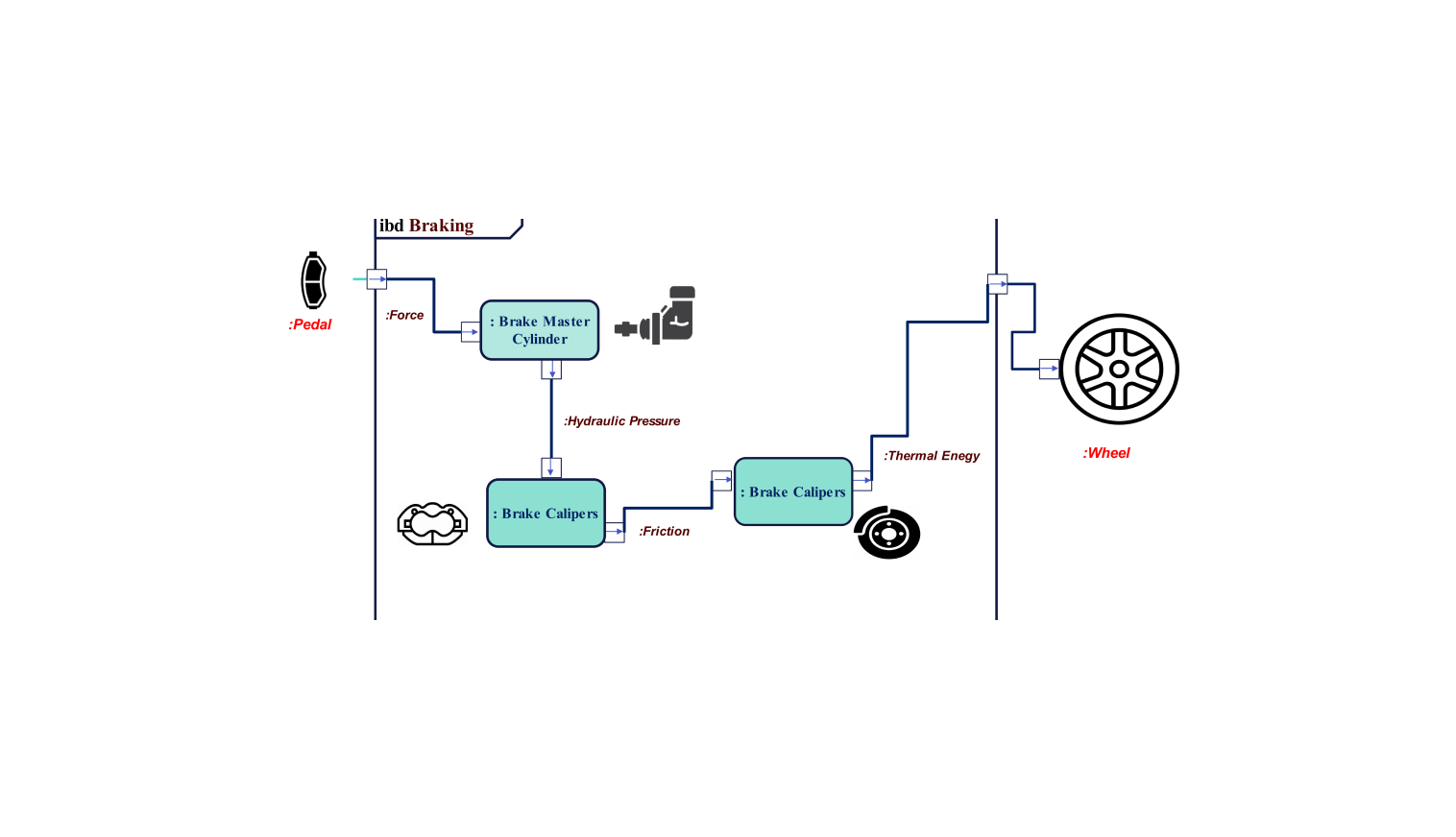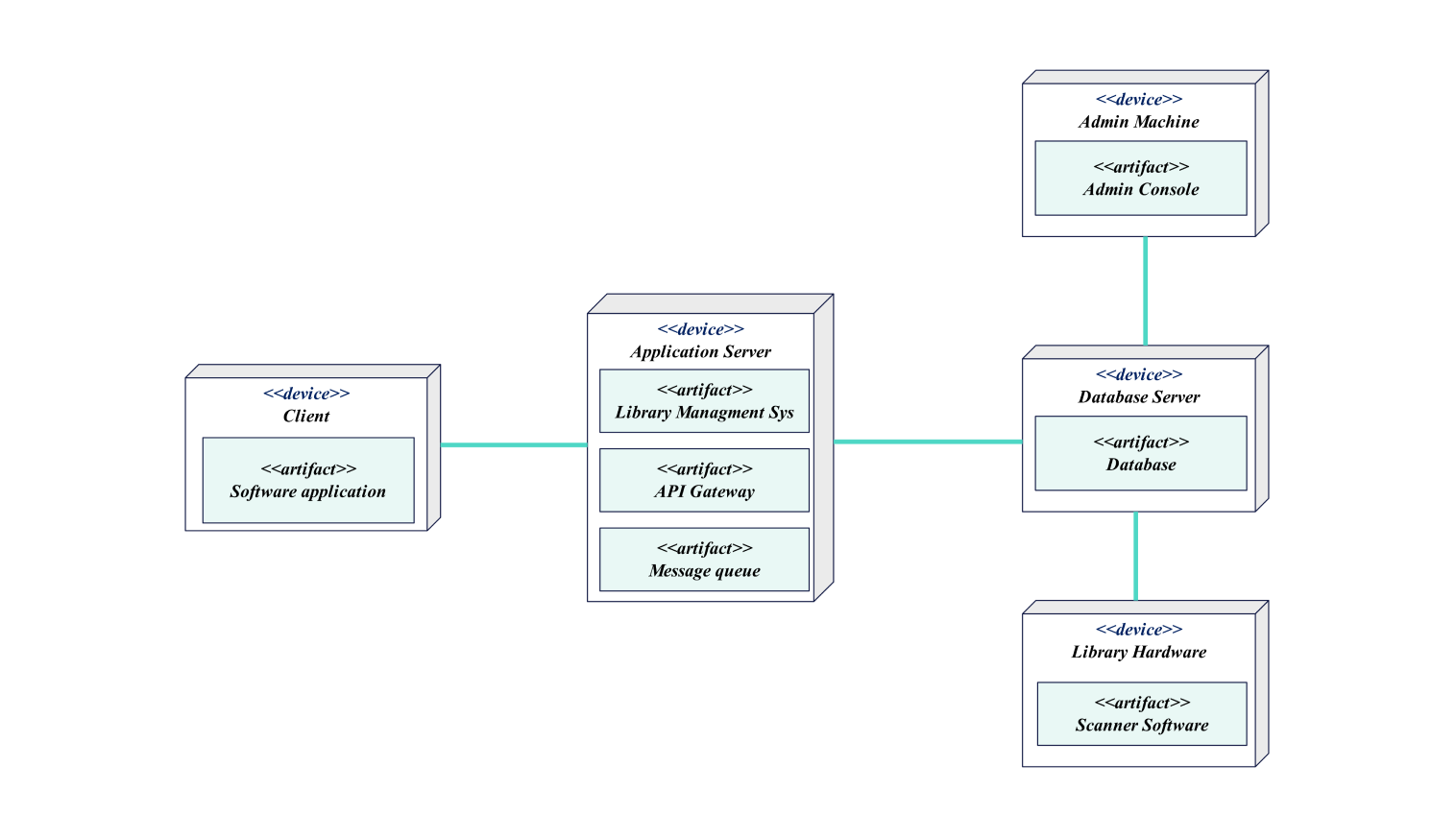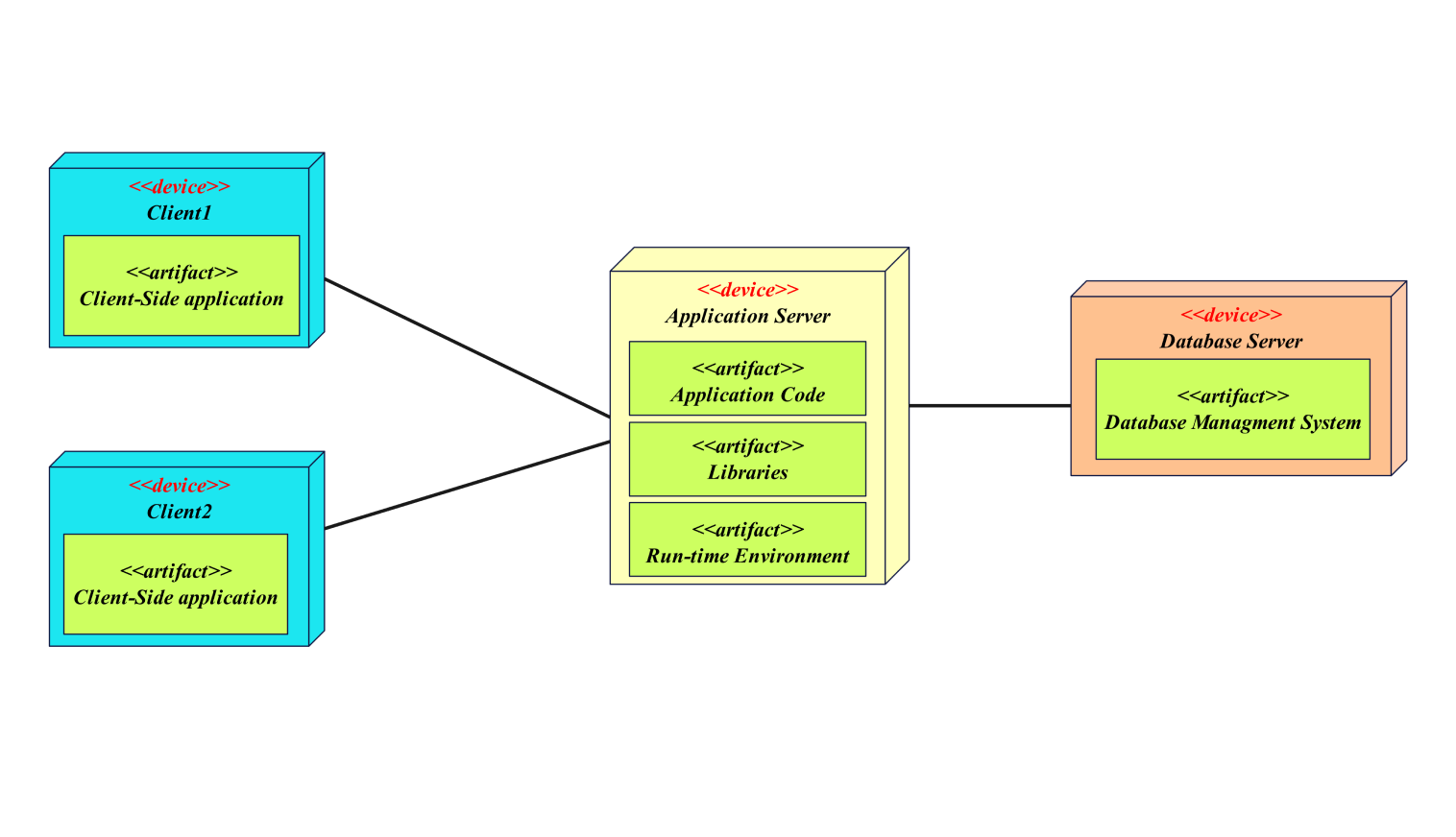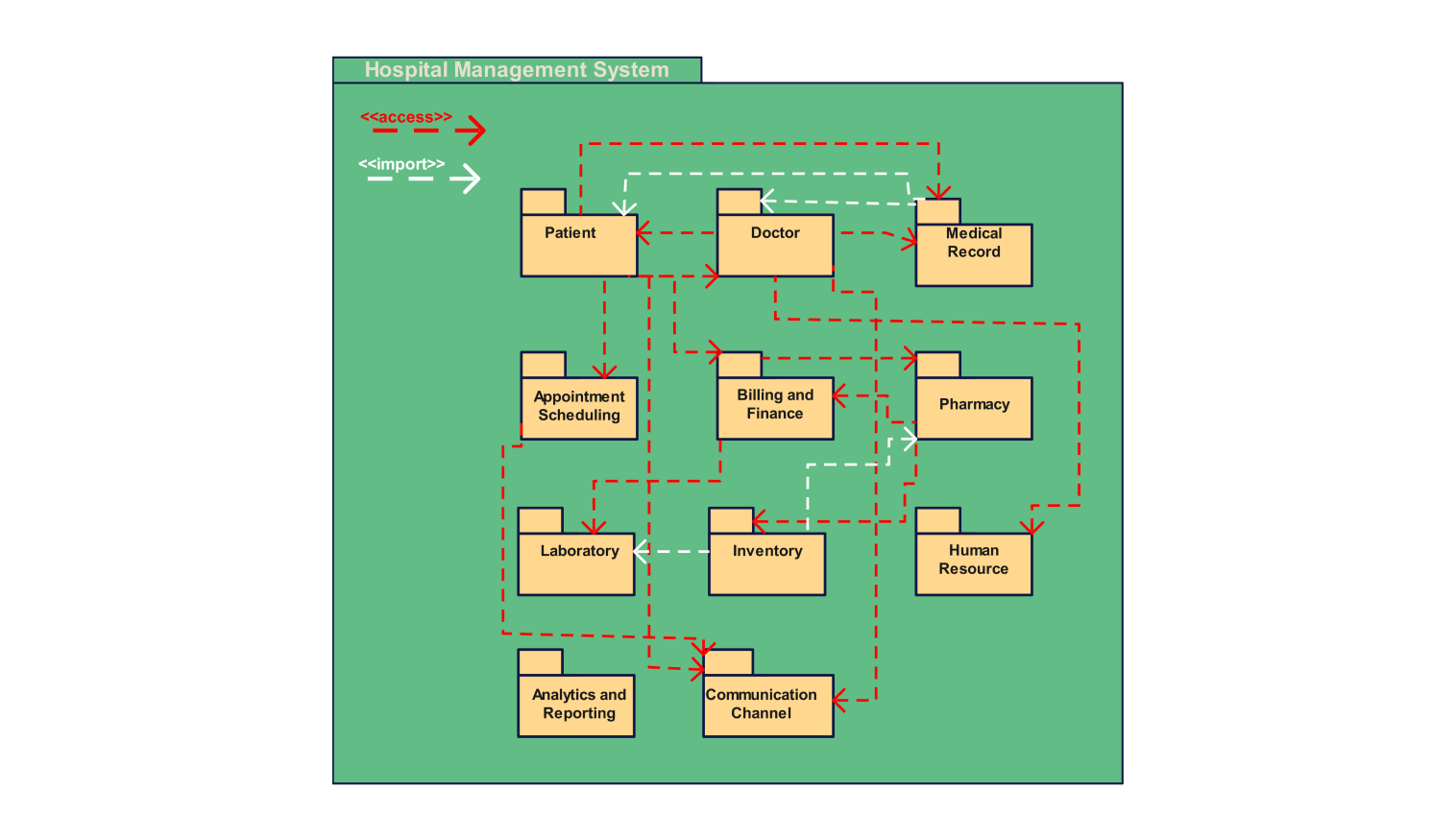- Templates
- Internal block diagram templates
- Internal block diagram braking
About this template
Following is an internal block diagram for the braking system. Through visual representation with the help of a diagram, it illustrates how different components interact with one another and their roles inside the braking system.
Here inside the block diagram, various components include the pedal, brake master cylinder, brake calipers, and brake rotors attacked with the wheel.
Here the brake pedal is what the driver presses on when applying the brake. The brake master cylinder is responsible for converting the force applied by the driver to hydraulic pressure. The brake calipers are responsible for squeezing the brake pads against the brake rotors.
The brake rotors are responsible for stopping the vehicle. Here the wheel represents the wheel attached to the car. All of these components work and interact with one another to stop the wheel, eventually stopping the vehicle from moving.
Here inside this internal block diagram, first the driver presses the pedal which adds pressure to the brake master cylinder. The cylinder converts this force into hydraulic pressure. The pressure is applied to the brake calipers which create friction. The friction is then used by the brake rotors to stop the vehicle from moving.
How to Use this Template
You can use the template by simply clicking on the "Use this template" option and the template will open up for you to edit.
After the template opens, you can customize the diagram simply by dragging and dropping new shapes from the libraries present on the left side as per the requirement of your system.
Edit the text. Style the lines, boxes, and text by clicking on the respective elements. You can also save some common elements in your libraries for future use.
You can also add local images by clicking on the insert -> picture -> local pictures to select from your local resources.
Choose a format to save it for later or share it with others. Click on the File menu -> Export to choose the format of your file (.eddx, .pdf, .png, .jpg) to export the file.
Benefits of the template
Through an internal block diagram, one can get a clear understanding of how different components interact with one another inside the braking system. You can also get a clear visualization of the order of the execution of the respective components.
The diagram can be used by various stakeholders to better understand how the process of braking works inside the vehicle system. Whether you’re a student, a teacher, a developer, or an engineer through this internal block diagram one can also understand the different components as well as their respective roles within the braking system.
The diagram also comes in handy when trying to locate an issue as well as carrying a diagnosis inside the braking system when faced with a problem.
FAQs about this Template
-
What is the purpose of an internal block diagram?
An internal block diagram is used to visualize the internal structure of a block. It helps understand the various properties of blocks and the connection among the properties. The diagram can be used by software developers to help them understand the data flow among the components.
-
Where are the brakes located in the car?
Brakes are usually present on the front wheel of a car. The driver presses on the pedal. The brake master cylinder is responsible for converting the force applied by the driver to hydraulic pressure. The brake calipers are responsible for squeezing the brake pads against the brake rotors.
-
Why is braking important?
Braking is important to stop a vehicle from colliding with any unnecessary objects. It is the most important safety feature as it enables you to slow down in a split second reducing the chance of an incident or accident.
-
What are the 3 brake systems?
The three main brake systems found in cars include frictional, electromagnetic, and hydraulic. These systems you will find in almost every modern car.
Related templates
Get started with EdrawMax today
Create 210 types of diagrams online for free.
Draw a diagram free Draw a diagram free Draw a diagram free Draw a diagram free Draw a diagram free


